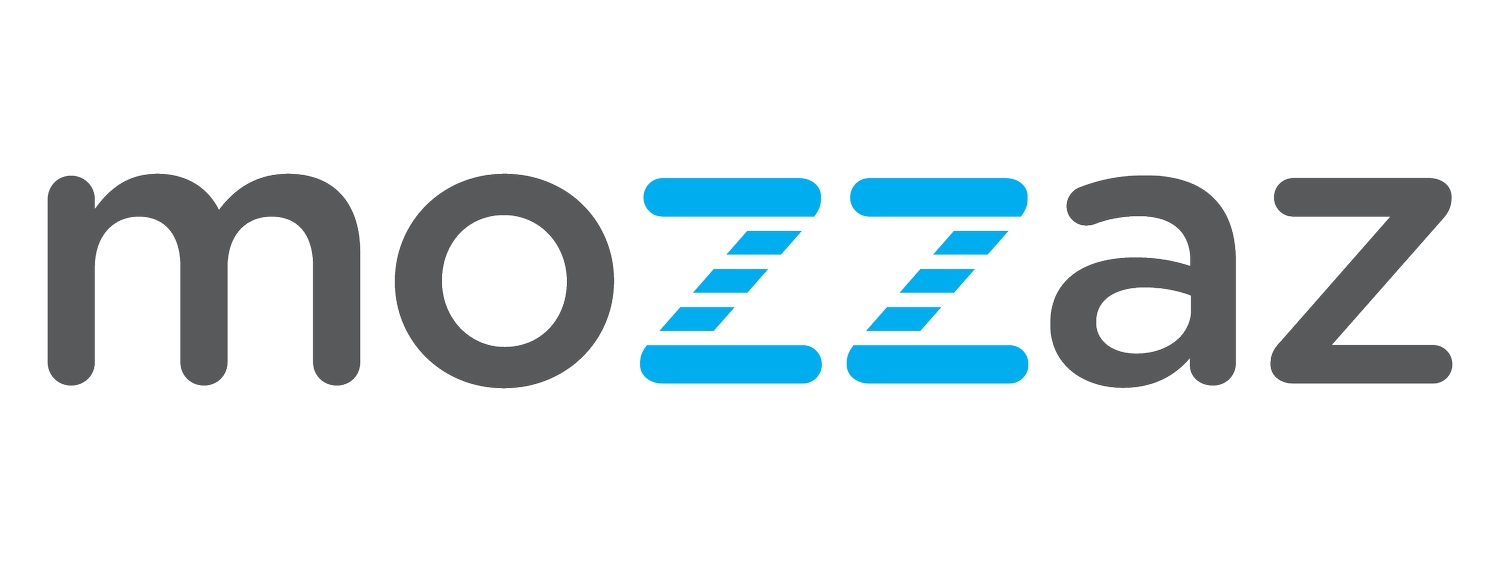Remote Therapeutic Monitoring and CMS
Recently, The Centers for Medicare and Medicaid Services (CMS) released a proposal for it’s 2022 Physician Fee Schedule. Over the last several years, more non-traditional modalities of healthcare have found their way into the CMS reimbursement landscape. This is promising as it suggests that CMS is aligning themselves with consumer demand and technology developments by incentivizing physicians to deliver care in a way that caters to the preferences of their patients.
The last five years, CMS has increasingly supported reimbursement for a variety of telehealth services like telemedicine and remote patient monitoring. Telehealth, a large umbrella term capturing a broad scope of remote healthcare services, has continuously grown in popularity across a variety of patient populations. In fact, in a recent survey, 57% of respondents indicated that they’d prefer to monitor ongoing health issues through at home devices, and 52% said they would choose virtual, versus in-person, appointments for their routine health visits (1).
Virtual care continues to rise in popularity as more data is discovered proving it can facilitate not only getting the right care to the right patient at the right time, but to their preferred location by the modality of their choice. As a result, CMS has expanded its 2022 proposal to include Remote Therapeutic Monitoring (RTM). Let’s dig in a bit more to the newest addition of the CMS-supported telehealth family:
What is Remote Therapeutic Monitoring (RTM)?
Remote Therapeutic Monitoring, in the simplest sense, describes the monitoring of non-physiologic data. A mirror to the CPT codes for Remote Physiological Monitoring (RPM), those for RTM expand the scope of reimbursements for digital health monitoring. The main distinctions between RTM and RPM are the type of data collected, how the data is collected, and who can bill for the services.
Type of Data Collected
RTM focuses on data collection from non-physiological devices like medication reminder systems and patient-report outcome applications. Qualifying patient data is any information that can be collected via a medical device, including software fitting the definition of a medical device. The proposed RTM codes will monitor musculoskeletal system status, respiratory system status, therapy adherence, therapy response, and more.
How Data is Collected
One of the biggest differences between RTM and RPM data collection is that RTM data can be self-reported. This is in direct contrast to RPM which requires the device to digitally record and transmit the recorded physiologic data. In the case of RPM, data cannot be self-recorded, self-reported, or entered manually into the device (2).
Who Can Bill?
As you’ve likely gathered, RTM codes are really an expansion of the work CMS started with RPM, and billing is no different. As it stands, the goal of CMS is that clinicians who cannot bill RPM codes will now be able to bill for services similar to RPM. This is because RTM codes are classified as general medicine codes, not E/M codes like they are for RPM. Under this classification, practitioners like nurses can bill (2). There are some clarifications that need to be worked out by CMS as a part of the final ruling, but this is important to note as it currently stands.
Why Remote Therapeutic Monitoring Matters
Monitoring patients in the ways described by RTM provides opportunities for lowering spending on preventable hospitalizations, ED visits, and urgent care. One specific area where RTM can contribute to these benefits while bettering patient outcomes is medication adherence. In the United States, emergency department visits related to medication non-adherence cost more than $300 billion in a year (3).
Leveraging RTM, physicians can ensure patients are properly taking their medications and manage responses to those medications, by allowing them to self-report information on these measures. Similar to the benefits of RPM, RTM will allow physicians to gain more information on how a patient’s daily life is impacting their conditions and overall health. This allows for the adjustment of care plans to support the best possible patient outcomes.
To stay up to date on how the 2022 Physician Fee Schedule continues to progress, follow Mozzaz on LinkedIn. We’ll be closely monitoring the official release of the 2022 ruling. If you’re interested in learning more about how telehealth solutions like Remote Therapeutic Monitoring can make a positive impact on your practice, contact us today!

